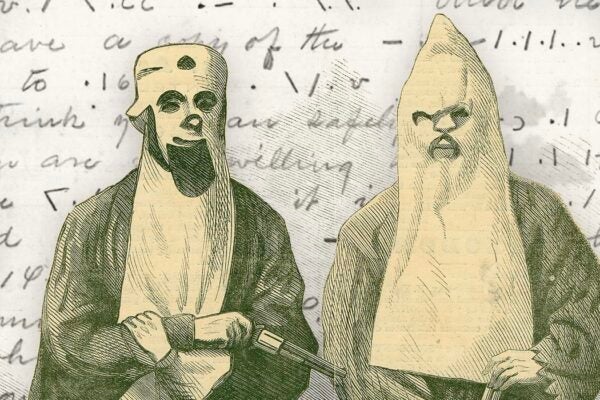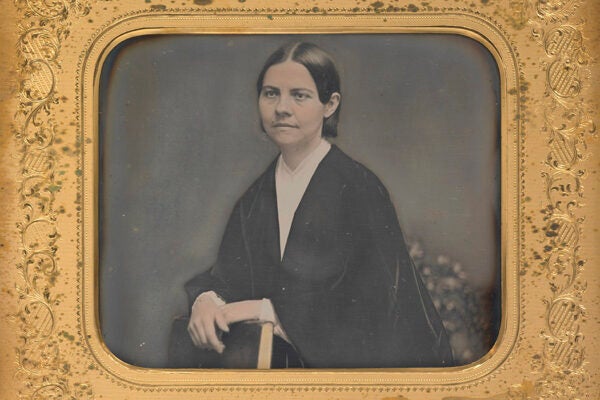The signers of the Declaration of Independence in July 1776 were committed enough to “mutually pledge to each other our Lives, our Fortunes and our sacred Honor.” Why? What motivated such strange bedfellows as Virginia plantation owners, Philadelphia artisans, and Boston radicals to work together to start breaking things? It’s true the Patriots had a long list of grievances against George III—the Declaration is basically a bill of indictment against him—but even with all that, they still made up less than half the colonists.
Economist Thomas D. Curtis offers an intriguing thesis about what united such disparate groups as “Southern planters, northern merchants land speculators, backwoods farmers, fur interests, and frontiersmen” in the cause.
It was real estate.
British colonial land policy changed radically in 1763. Following the treaty ending the Seven Years’/French and Indian War, George III issued a Royal Proclamation forbidding settlement west of a line running through the Appalachian Mountains. Beyond to the Mississippi lay the “Indian Reserve,” land ceded to Great Britain by the defeated French. This was to be part of the British empire, not owned by individual colonies or land merchants or settler-colonialists. The Proclamation also decreed that “no private Person do presume to make any purchase from the said Indians of any Lands reserved to the said Indians.”
Curtis describes the Proclamation as a short-term, stopgap effort by the British, who needed time to figure out what how to handle the vast swath of territory the defeat of the French in North America had laid at their feet. Above all, they wanted to avoid another frontier war with Native Americans. They also wanted to save money by not having to protect a sparsely settled region. And they wanted to contain colonists on the coast, where they were easier to manage.
But for the colonists, the new policy struck deeply into their economic interests.
“Royal land policies become more restrictive and the wealthy land interests lost much of the political and economic power they had held,” Curtis writes. “This undermined the union between the British Crown and the large landowners.”
The containing Proclamation Line, as it was called, was not what, Curtis stresses, caused the uprising. There was no single reason for the Revolution, he argues, but the ban on westward expansion was a very important precondition for revolt—and one that has largely been forgotten in annual recitations of the story of “taxation without representation.”
Significantly, it wasn’t only landowners who were put out by the new imperial land policy. The policy alienated “most important interest groups” in the colonies.
“Both the upper and lower classes were in agreement that the restrictive policy […] was not acceptable and not be followed.” Curtis goes so far as to say that “if England’s new policy had been favorable to [these other interests], the precondition to revolution would not have been established.”
Weekly Newsletter
Some colonies, after all, claimed that they stretched from sea-to-sea: Virginia theoretically went from the Atlantic coast all the way to the Pacific before anyone in Virginia knew where the Pacific was. Small farmers, slavery expansionists, land companies, frontier peddlers, New England merchants—groups that traditionally opposed each other found they had common cause. They all wanted to break through the Proclamation Line and get back to what the Proclamation called “great Frauds and Abuses” committed in “purchasing Lands of the Indians, to the great Prejudice of our interests, and to the great Dissatisfaction of the said Indians.” They joined, writes Curtis, “into a large configuration of opposition directed against England’s colonial policies.”
And, of course, they got their wish. Great Britain recognized the independence and sovereignty of the United States in the Treaty of Paris in 1783. That sovereignty was now free to sweep past the Appalachians. As for the people already out there, well, they were hardly considered people at all, just targets of what historian Michael John Witgen calls the “political economy of plunder.”
The Proclamation of 1763 remains important to the First Nations in Canada because it was the first legal recognition of aboriginal land title and aboriginal rights. In the US, the violent ethnic cleansing concomitant with expansion didn’t just make the Proclamation moot, it also did much to remove it from historical consciousness.







